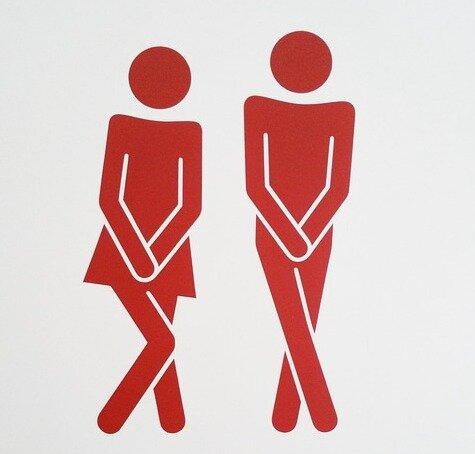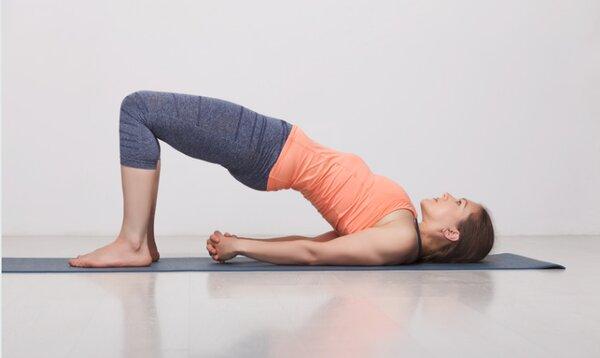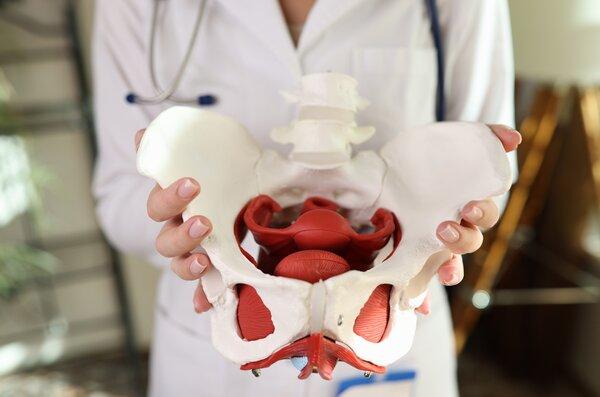
(Note: Some of the links in this post are affiliate links, and we will be compensated when you make a purchase by clicking through our links at no additional cost to you.)
Are you tired of dealing with pelvic floor issues, such as leakage or urinary incontinence, discomfort, or spasms? You’re not alone. Many individuals face challenges related to pelvic floor muscles, and the key to overcoming them lies in understanding and addressing the root causes. In this article, we’ll explore how tightness, weakness, and decreased coordination can contribute to pelvic floor problems and provide actionable steps to help you reclaim control over your body.
Understanding the Causes
Pelvic floor issues often stem from tightness, weakness, or a combination of both. Let’s delve into each cause to shed light on how they may be affecting you.
Tightness:
Tightness in the pelvic floor muscles can lead to a range of problems. It’s essential to recognize that tightness often translates to weakness and poor coordination. Imagine a rubber band wound too tightly—it loses its elasticity and struggles to function properly. Similarly, overly tight pelvic floor muscles can result in compromised strength and control.
Weakness:
Weak pelvic floor muscles can be a consequence of various factors, including sedentary lifestyles, childbirth, or aging. Weakness exacerbates the challenges posed by tightness and poor coordination. If your muscles lack strength, attempting exercises to address pelvic floor issues may prove futile. Strengthening these muscles is a crucial step toward achieving lasting relief.
Decreased Coordination:
Coordination is the key to effective muscle function. When pelvic floor muscles lack coordination, they struggle to work together harmoniously. This can lead to spasms, discomfort, and an increased risk of leakage. Improving coordination is an integral part of any successful pelvic floor rehabilitation program.
The Solution – Relaxation for Improved Strength and Control
The relationship between tightness, weakness, and coordination forms the basis for an effective strategy to overcome pelvic floor challenges. The first step is recognizing the importance of relaxation in this process.
Why Relaxation Matters:
Tightness in the pelvic floor muscles is often a result of involuntary contractions. It’s a natural response to stress, anxiety, or even habitual tension. By consciously practicing relaxation techniques, you can break the cycle of tightness and create an environment conducive to muscle strength and control.
How to Relax Your Pelvic Floor Muscles:
Deep Breathing: Incorporate deep breathing exercises into your daily routine. Focus on inhaling slowly through your nose, allowing your abdomen to expand, and exhaling fully. This promotes relaxation throughout the pelvic region.
Mindful Meditation: Engage in mindfulness meditation to cultivate awareness of muscle tension and release it consciously. Mindfulness can be a powerful tool in breaking the cycle of chronic tightness.
Pelvic Floor Relaxation Exercises: Work with your pelvic floor therapist to learn specific relaxation exercises tailored to your needs. These exercises can target the tight areas and gradually release tension.
Strengthening the Pelvic Floor Muscles
Once you’ve established a foundation of relaxation, the next step is to strengthen your pelvic floor muscles. Strength is the counterbalance to tightness, and it provides the necessary support for improved coordination.
Kegel Exercises:
Kegel exercises are renowned for their effectiveness in strengthening the pelvic floor. Identify the muscles by attempting to stop the flow of urine midstream. Once located, practice contracting and relaxing these muscles in a controlled manner. Consistency is key to achieving results.
Squats and Lunges:
Incorporate squats and lunges into your exercise routine to engage multiple muscle groups, including the pelvic floor. These compound exercises not only strengthen the muscles but also enhance overall stability.
Yoga and Pilates:
Yoga and Pilates focus on core strength and flexibility, making them excellent choices for pelvic floor rehabilitation. Specific poses and exercises target the pelvic region, promoting strength, balance, and coordination.
Seeking Professional Guidance
While the above exercises and techniques can be beneficial, seeking guidance from a pelvic floor therapist is crucial, especially if you’ve been struggling with pelvic floor issues for an extended period.
Comprehensive Assessment:
A pelvic floor therapist will conduct a thorough assessment to understand the unique aspects of your condition. This may involve examining muscle tone, strength, and coordination, as well as considering lifestyle factors that contribute to the issue.
Personalized Treatment Plan:
Based on the assessment, the therapist will create a personalized treatment plan tailored to your specific needs. This plan may include a combination of relaxation exercises, strengthening routines, and lifestyle modifications.
Holistic Approach:
Remember, everything is connected. Pelvic floor health is intricately linked to overall well-being. A holistic approach considers the interconnectedness of various bodily systems and addresses imbalances that may contribute to pelvic floor issues.
Overcoming pelvic floor challenges requires a multifaceted approach that addresses tightness, weakness, and coordination. By prioritizing relaxation, engaging in targeted exercises, and seeking professional guidance, you can reclaim control over your pelvic floor muscles and experience lasting relief. Remember, your journey to pelvic floor health is unique to you, and consulting with a pelvic floor therapist ensures that you’re on the right path to overcoming these challenges once and for all. Everything is connected, and with the right tools and support, you can achieve a harmonious balance in your pelvic floor health.





